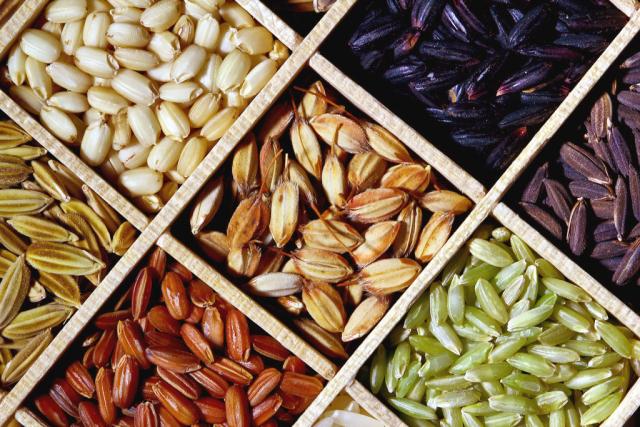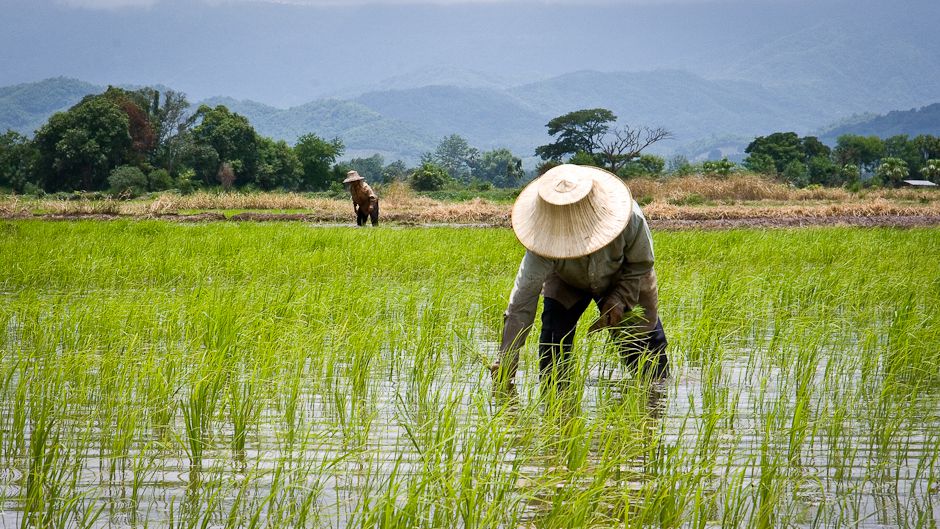 In today’s world, rice accounts for 20% of calories consumed globally. This is a trend that shows no signs of slowing down.
In today’s world, rice accounts for 20% of calories consumed globally. This is a trend that shows no signs of slowing down.
Over the next few decades, global rice consumption is projected to rise from 420 million tons today to 525 million tons in 2050. But rice farmers have no need to worry...
The Crop Trust, a nonprofit based in Bonn, Germany, has made a 5-year annual grant of $1.4 million, to the gene bank of the International Rice Research Institute (IRRI) in Los Baños, Philippines. Thanks to this, over 100,000 varieties of rice are now safe for future use. But what are gene banks and how do they relate to farming?
What Are Rice Banks?
The banks we usually talk and hear about are places where money is stored for some time until it’s withdrawn at a later time. Gene banks perform the exact same purpose, but with genetic material instead of money. In the case of plants, gene banks store frozen seeds.
 These seeds serve as a kind of backup in case something goes wrong with crop yields in the real world outside of the bank. If something does go wrong, the seeds are withdrawn from the bank and planted so that they produce crops as well as more seeds.
These seeds serve as a kind of backup in case something goes wrong with crop yields in the real world outside of the bank. If something does go wrong, the seeds are withdrawn from the bank and planted so that they produce crops as well as more seeds.
But what warrants a withdrawal from a seed bank? One reason is a natural disaster, like flooding. The IRRI (International Rice Research Institute) has used its gene bank to develop a strain of rice called “scuba rice” that can survive areas hit by flooding. It has been introduced in Asia and is now being adapted for use in Africa. Plant varieties that are resistant to pesticides or diseases are stored in gene banks as well, and they can be planted at the onset of natural disasters as a means of prevention.
Loss of Biodiversity
Another leading cause of biodiversity loss in crops is the way that they’re farmed. Today’s farmers have learned to specialize.
In the past, they would grow and sell a variety of crops. Over time, they learned which ones produced greater profits and dedicated all their resources to growing just that crop. This has led to genetic erosion, which is a steady decrease in biodiversity as farmers grow to depend on individual species instead of a variety of them.
In the past, this would mean that if natural disasters affected that individual species, the farmer’s livelihood would be at stake. But thanks to gene banks, the risk that farmers face has dropped drastically.
The Crop Trust has worked with the Svalbard Global Seed Vault, a global gene bank inside an Arctic mountain in Norway. It contains nearly 1 million samples of crop seeds.
Now, thanks to the funding the Crop Trust has provided for the IRRI, its gene bank can now make seeds from 90% of its 136,000 varieties available immediately on request. The future of rice is in safe hands.
Sources: IRRI.org, BBC, Nature







